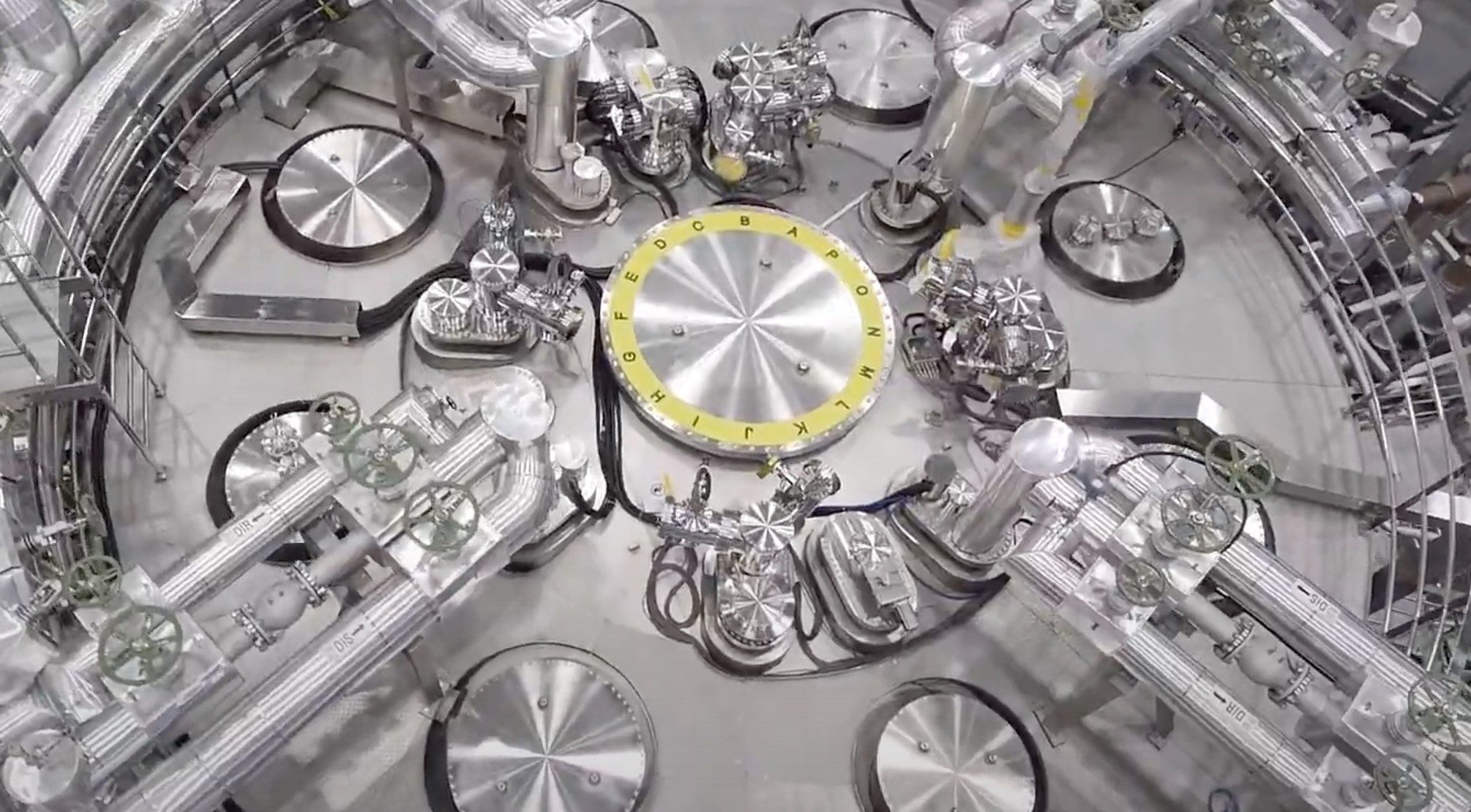Create a free profile to get unlimited access to exclusive videos, sweepstakes, and more!
Korea’s artificial sun broke a record, blazing hotter than the core of the real Sun

5.4 billion years from now, if humanity somehow escapes the Sun going full Smaug and devouring Earth in its fiery death throes, could we possibly create a new star? Maybe.
If our species does flee into the colder reaches of space by then, we might be able to keep from freezing to death. Korea has done the seemingly impossible by running its artificial sun nuclear fusion reactor, Korea Superconducting Tokamak Advanced Research (KSTAR) at a scorching 212 million degrees Fahrenheit for 20 seconds. That is the same temperature as the core of the Sun—its hottest part. Maybe 20 seconds doesn’t seem like much, but for a technology we're just starting to get a grip on, this is huge.
“In its 2020 experiment, the KSTAR improved the performance of the Internal Transport Barrier (ITB) mode, one of the next-generation plasma operation modes developed last year, and succeeded in maintaining the plasma state for a long period of time, overcoming the existing limits of the ultra-high-temperature plasma operation,” said KSTAR authorities in a statement.
Think of a tokamak as a power plant on steroids. Instead of using fossil fuels or nuclear fission (the splitting of atomic nuclei) to generate power, it uses nuclear fusion (the smashing together of atomic nuclei) to generate energy. Nuclear fusion is possible when the nuclei of two elements with a low number of protons merge to form the nucleus of a heavier element that can release more energy. Tokamaks have a toroidal (donut-shaped) chamber where nuclear fusion happens, and its walls absorb the heat that is released. The tokamak will then use turbines and generators to turn this heat into steam, which will eventually be morphed into electricity.
Nuclear fusion also occurs in the innards of stars like our Sun. Those giant balls of plasma rely on this reaction to fuse hydrogen atoms into helium, releasing energy in gargantuan amounts. Stars that have fused all their hydrogen into helium burn out.
KSTAR is operated by the Korean Institute of Fusion Energy (KFE) and first succeeded at nuclear fusion in 2008. Since then, it has only been advancing further and further into a sci-fi future. The millions of parts that make up KSTAR will eventually be integrated into the international ITER project, which seeks to create the largest tokamak ever. This reactor will ignite between 2030 and 2035 if everything goes as planned. Working with KSTAR has given Korea an edge in advising the assembly of and experimentation with ITER. It has already built segments of the ITER vacuum vessel, which protects the toroidal chamber in which reactions happen.
Korea is also currently building the massive tools for assembling the sections of ITER, and will also be responsible for making the thermal shields for the reactor’s monster magnets. It also improved a next-gen plasma operation mode that was just developed last year. Internal Transport Barrier, or ITB, mode. ITBs are areas of plasma in the center of a reactor where turbulence can be stopped or at least reduced. Putting a tokamak into ITB mode confines plasma and improves stability.
Having control over ITB helps extend the stretch of time that plasma stays heated, which is why scientists are using computer models to figure out how to get the most out of it. What they are especially looking for is the exact place where the most sought-after state of plasma occurs. This state, known as turbulence transport, is when chaos in the flow of plasma within a reactor helps regulate the overall state of the plasma. KSTAR was able to go over and above that with its record 20 seconds of heat to rival the guts of the sun. It should be able to stay at that temperature for at least 300 seconds in another five years.
Maybe KSTAR has a way to go before it gets as hot as the average supernova, which can soar up to a billion degrees, but being able to pull off the temperature of the hottest thing in the solar system is nothing short of mind-blowing.












